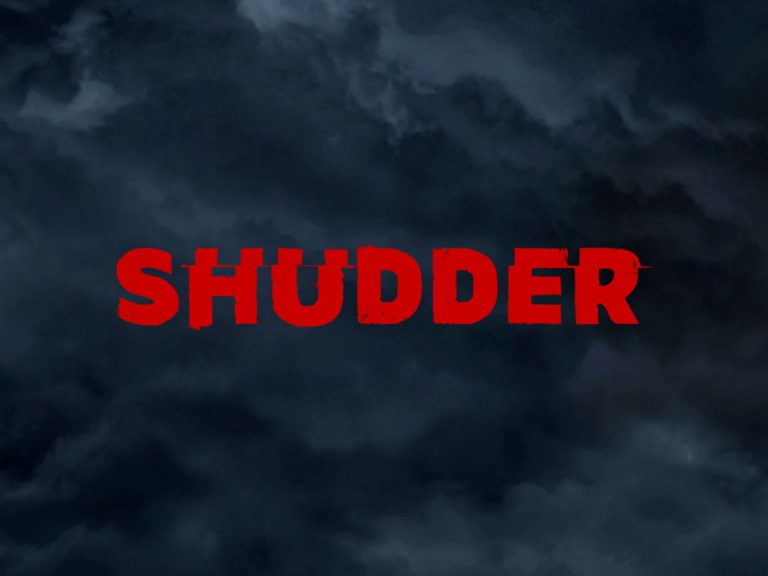
There is a constant push and pull between comics’ expectations and the need to adapt to a changing world. What made sense for Batman in 1939 does not necessarily work over half a century later. However, every change is made by inches as comics fight against decades of entrenched ideas of what they should be. How, then, can a writer explore a new approach to a character’s status quo so established in the cultural zeitgeist that most could recite it in their sleep? You start by simply ripping off the Band-Aid.

Morrison kicks off their run by shooting Joker in the face. Not only that, but we’re told that Batman’s crusade has finally worked and Gotham is clean of almost all crime. The primary conflict driving just about every Batman comic is seemingly over. Obviously something new must replace it or else there wouldn’t be a story, but Morrison’s opening sends a bold, clear message about the direction they’re taking. It’s a new era for Batman, and he’s never been better.
Bruce at the beginning of the run seems to be operating at his absolute peak. Alfred initially comments that he’d begun speaking in his Batman growl all the time leaving no room for his more human side. However, with crime in Gotham gone, he’s willing to finally loosen the total grip that Batman had on his life. He’s devoting far more of his time to both charity and recreational globetrotting. He has a gorgeous new girlfriend who seems to understand his underlying trauma and desire to help those less fortunate. Even as Batman he has a far steadier hold on the city around him, maintaining cooperative relationships with everyone from boardroom executives to street level informants. He is everything he should be.

All of this cements the idea that the traditional problems of Batman are, for the most part, solved. However, there are forces whose reach extends far beyond Gotham City. His happily ever after is interrupted by the saga’s two main antagonists: Talia al Ghul and Doctor Hurt. I’ll have plenty to say about each of them in their own sections, but both represent a fundamental shift in the kinds of threats Batman faces. They attack the very idea of Batman in its legitimacy and its purpose. Clearing the board of gangsters and gimmicks makes way for a story in which Batman is elevated to a world of existential crises that strike at the heart of the character’s role in society.
There is, of course, one villain who must be addressed when challenging the status quo of Batman. While he may have been shot, it takes more than that to keep a good clown down. Just as they did in Arkham Asylum: A Serious House on Serious Earth, Morrison uses the prince of crime as a way to reflect upon the changing landscape of comics as a whole. In what is possibly the most controversial issue of the run, Joker’s super sanity is taken to the next level as he reinvents himself into “the bogeyman of this dark century”.

Batman #663, or “The Clown at Midnight”, is an almost entirely prose character study complemented by disturbing CGI artwork. This is probably the biggest hurdle for a lot of readers. The art style hits the uncanny valley hard, but in some ways that only adds to the effect. It’s genuinely and proudly unpleasant to look at, reflecting how the Joker is described. His latest super persona is the furthest thing from the usual jests and japes because there’s no room for that in this new world. Batman’s life has become a grandiose opera, so his archenemy must respond in kind. He relishes in adorning his crimes in poetic symbolism, like a self-aware mockery of the very themes the run will soon tackle.
It’s also an interpretation of the character that rarely works outside of the specific context of this run. In the same way that Azrael’s Batman was the intentional personification of the EXTREME attitude of the 90s, this Joker acts as an implicit critique of what comics had become in the 2000s. After all, it was only a few years prior that DC had a major event centered around the rape and murder of a female hero. If that’s the new world that Joker must adapt to, then why not go all the way and become a death-obsessed serial killer? Where subsequent writers can go wrong is thinking that this intentional corruption of the character should be the new norm. It’d be like if Azrael with his wrist-mounted blade guns never stopped being Batman.

In the final moments of what could be considered the first act of the run, it’s revealed that this revolutionary new era for Batman was all a lie – a trap laid by Doctor Hurt in order to create a false sense of security as part of his elaborate games. It’s not long after when the events of Final Crisis send Bruce hurtling across time and (almost) everyone else assuming he’s dead. With Dick and Damian acting as the new Batman and Robin, it’s a time of reflection and reevaluation of what Batman’s role should be. Jason Todd’s challenge for the role offers the clearest antithesis to the old approach, calling into question the effectiveness of how Batman has always operated.
It’s when Bruce finally does return that he forms a synthesis from these critiques and takes the concept of Batman to its ultimate form: Batman Incorporated. What began as a nostalgic revisiting of the defunct “Batmen of all Nations” from the Silver Age becomes a truly global crusade against crime. Each country gets its own Batman, all reporting to Bruce. Most of the stories in the first volume of Batman Incorporated are largely self-contained, exploring how each member steps into their new role. While there are growing pains, what forms is a network of heroes that encompass the world.

If you thought the bat family was big before, this takes that idea and embraces it. It leans into the far-reaching impact Batman has had, the countless derivatives and spinoffs, while ensuring everyone has their defined niche and responsibilities. Decades of steadily increasing power and influence culminate in a movement that can make the kind of difference Bruce could have hardly imagined when he began. Gotham is kept safe in the hands of Dick as his successor while Bruce ascends to the next level of crimefighting. For a time, it feels as though this is the final stage of Batman, the logical endpoint for the character when not constrained by the dictates of the status quo.
Of course, a global Batman demands a global enemy. Criminals will always rise to match the hero in their never ending arms race. Just as the mobs gave way to costumed madmen, an all-encompassing world wide organization stands as the antagonist for Morrison’s final act. Not only that, but they will prove to be the sun, melting away the wax from the wings of a comic book hero who thought they could break free of their defined role. As we’ll explore in later chapters, the status quo has ways of fighting back.


